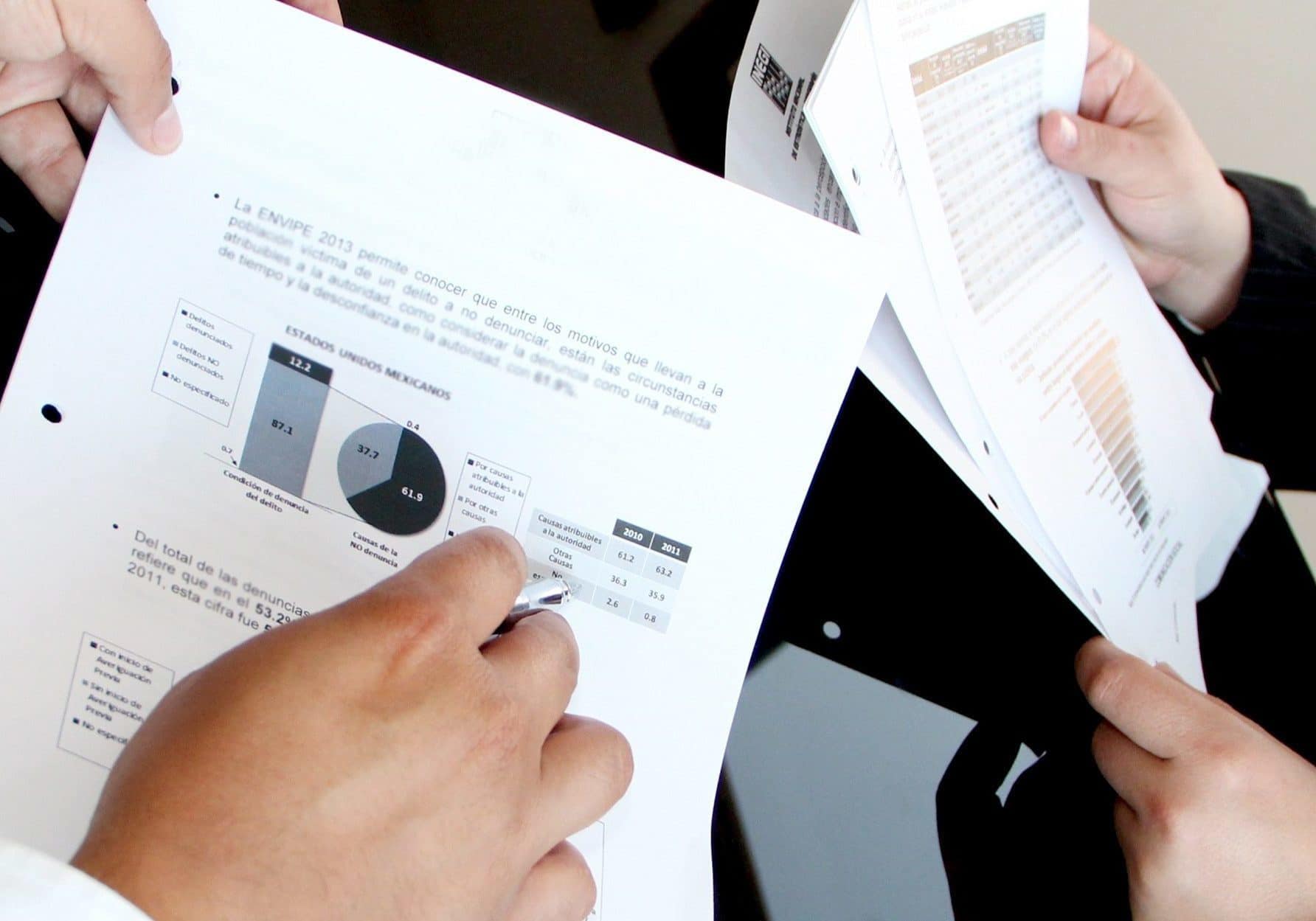According to ReportLinker, the industry is expected to grow to $28.9 billion by 2024, up from $8.7 billion in 2019. In the commercial real estate space, 13.8% of office buildings—or 42.2% of total square feet—across the 30 largest U.S. office markets were green-certified in 2019.
The most obvious value proposition for sustainable real estate solutions is that it is good for the environment, good for society and good for business. But for office building investors, owners and operators, the potential impact on Net Operating Income (NOI) is part what keeps the sustainable real estate conversation going.
#1 – Operational Expense Reduction
The perceived reduction in operational expenses is perhaps the most talked about NOI driver. By increasing utility savings, utilizing creative design to minimize waste emission, and capitalizing on technology efficiencies, a building should be able to trim operational expenses, which can mean higher NOI potential. There is no magic number or formula to calculate what these savings look like, but the possibility could translate into millions over time and which may continue to attract new players to the sustainable real estate arena.
#2 – Higher Occupancy
According to Gallup, Millennials account for the largest segment in the workplace and will make up 75% of the workforce by 2030. The sheer size of this cohort may make the Millennials a tremendous influence over how and where businesses operate. Coincidentally, Millennials are 75% more likely to adopt eco-friendly habits to limit their impact on the environment. This may have huge implications on sustainable real estate going forward, creating strong occupancy for green office buildings especially are poised to see stronger occupancies from tenants seeking energy-efficient space that resonate with Millennials.
#3 – Increased Rent Income
There is a general perception that sustainable real estate has a better reputation and stronger performance compared to their non-certified counterparts. While this is not necessarily true because so many factors impact performance, properties with higher sustainability standards have the potential to command premium rents.
Additionally, it is worth noting a recent Nielsen study that revealed consumers are willing to pay more for products that are environmentally-friendly or products that have social responsibility claims. Even though this study focused on consumers and not businesses, it does show that there is a shift—as a society—toward a greener lifestyle, even if it comes at a financial cost.
#4– Ancillary Amenity
A property’s amenity package is often a strong consideration for new lease agreements. When it comes to sustainable real estate, certifications like Leadership in Energy and Environmental Design (LEED) and ENERGY STAR can be considered an “ancillary amenity” and may be marketed as such to attract and retain tenants. It is not a primary amenity like a fitness center or dry-cleaning service that caters to the physical needs of tenants. Instead, it is an emotional amenity needs of tenants that can appeal to the environmental responsibility beliefs of tenants.
Given the value propositions listed above, the benefits of sustainable real estate can be realized at almost any property. However, it is important to note that the actual value is relative to the building’s profile, the market and local economics. In primary markets where higher-valued Class A properties can command higher rents, the green savings may not have a huge impact on NOI. On the other hand, in lower rent markets where property values are statistically lower, the energy savings may seem higher in relation to its NOI. This is certainly not the rule. It is all a matter of perception and the success of sustainable real estate is very property specific.
As we look ahead, office building owners are increasingly recognizing the importance of energy real estate solutions to enhance overall value. For now, some see it as a value add, but within a few years, it may become the normal standard by which owners, tenants and investors evaluate a property.
Explore the KBS portfolio
Currently, approximately 53% of KBS’ portfolio is LEED or ENERGY STAR certified. One of its most notable green properties is 222 Main located in downtown Salt Lake City, Utah. Boasting 433,356 rentable square feet, 222 Main is a LEED Gold and ENERGY STAR certified smart building equipped with a robust sustainable real estate solution package that delivers impressive results. The core and shell of the building utilizes 30% power from renewable resources, and using low flow fixtures and water efficient landscaping, interior and exterior water usage has been reduced by 40% and 50%, respectively. Additionally, energy usage of all equipment is monitored in real time. Tenants can have access to the monitoring system with insight into actual energy savings. Architecturally, the building features high transparency, low reflectivity exterior glazing, and is seismically engineered to modern structural safety and efficiency standards.
Visit us online at kbs.com/news to learn more about sustainable real estate standards and the differences between ENERGY STAR and LEED Certifications.




